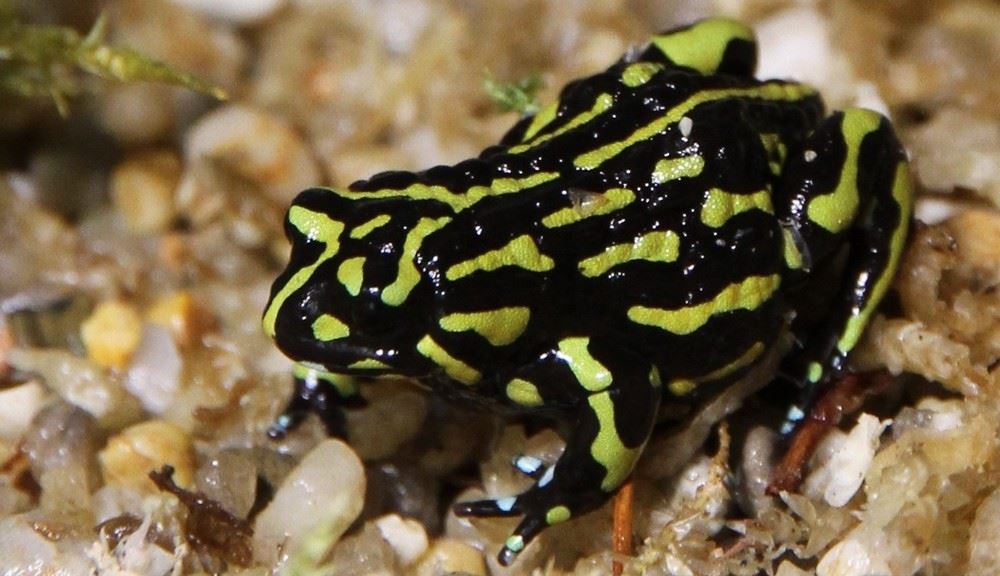Iconic frog breeding success
The elusive call of the Northern Corroboree Frog was once a common echo, as you trekked across the rugged hills of the Australian Capital Territory’s Namadgi National Park.
Yet over the years, this iconic croak had all but disappeared, as numbers of the brightly coloured amphibian continued to whittle away in the wild.
But thanks to the dedication and perseverance of some passionate frog-lovers, numbers have been boosted after Healesville Sanctuary’s first ever release of eggs of the critically endangered amphibian, back into their natural habitat.
Healesville Sanctuary, which has been part of the recovery program for the species since 2010, handed over the precious cargo of 710 eggs to the team at Tidbinbilla Nature Reserve on June 6 2019.
The team then set about the epic task of trekking through knee-deep snow to release the eggs, into sphagnum moss bogs, the frog’s natural habitat. These eggs will hatch when the snow starts to melt in spring, flooding the egg chamber inside the male’s burrow.
Healesville Sanctuary keeper Meg Whittard said that while mature frogs have been released in the past, this release was especially significant.
“For the first time ever we will be releasing Healesville Sanctuary bred Northern Corroboree frogs as eggs. This is important as we’re not only adding large numbers to the wild population, but also allowing for that development process in their natural habitat,” Ms Whittard said.
Northern Corroboree Frogs are brightly coloured with yellow and black patterning. Once common, they are now listed as Critically Endangered.

One of the greatest threats to Corroboree Frogs is Chytrid fungus (Batrachochytrium dendrobatidis). Damage to breeding sites by introduced hoofed animals, changed fire regimes and climate change have also contributed to the amphibian’s decline.
Zoos Victoria, alongside ACT Parks and Conservation Service, have released more than 2000 individuals to help boost wild populations. It is hoped that release efforts will allow breeding populations to persist in the wild and allow them to develop resistance to the Chytrid fungus pathogen.
Captive bred and released mature males have been heard calling at release sites in the wild, demonstrating the work of the team is making a difference to wild population numbers.
“Since the breeding program started in 2010, we have bred a total of 5276 eggs.
“Zoos Victoria is committed to fighting the extinction of the Northern Corroboree Frog and so we breed for release here at Healesville Sanctuary to help supplement the wild population and recover the species,” Ms Whittard said.
